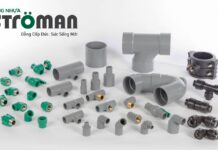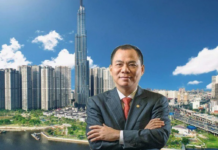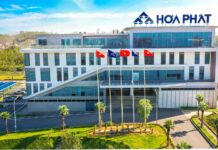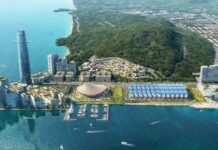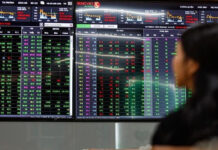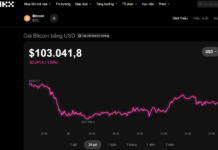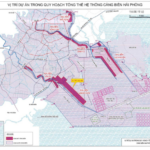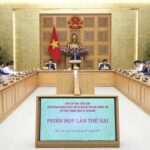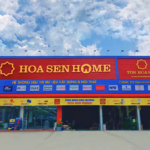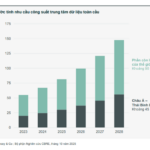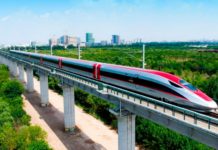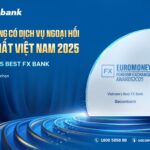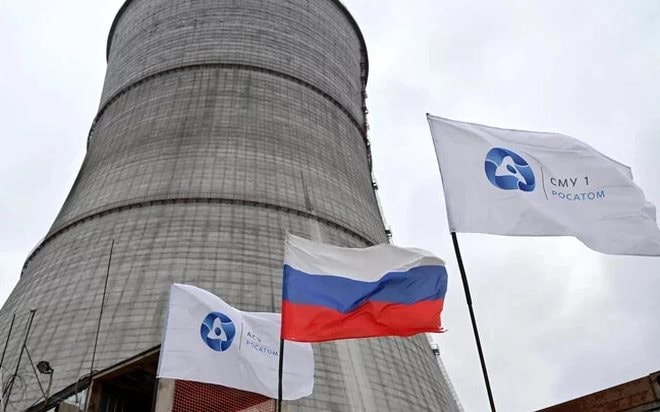
Photo: Sputnik
In reality, to prepare the energy resources for the nation’s development in the new era, Resolution 70/2025 on ensuring national energy security by 2030, with a vision to 2045, issued by the Politburo, aims to gradually master nuclear power technology.
Within this framework, the Da Lat Nuclear Research Institute (Vietnam Atomic Energy Institute), which has been operating Vietnam’s only nuclear reactor for over 40 years (the Da Lat Nuclear Reactor), plays a central role in implementing this strategy.
It is known that the Da Lat Nuclear Research Institute is planning to develop small modular nuclear reactors (SMRs), with a goal of having 8-10 units by 2035 and mastering the technology by 2040.
At the workshop “Development of Nuclear Energy and Small Modular Reactors (SMRs) in Vietnam” on November 12, Dr. Nguyen Kien Cuong, Vice Director of the Da Lat Nuclear Research Institute, shared: “We are quite perplexed as the nuclear power program resumes (since November 2024 with the Ninh Thuan nuclear power project). After 8 years, the workforce related to reactor technology and engineering seems extremely scarce. For our institute, with a total workforce of nearly 800, only about 300 are directly involved in SMR technology and reactor engineering. This is a significant challenge for us.”
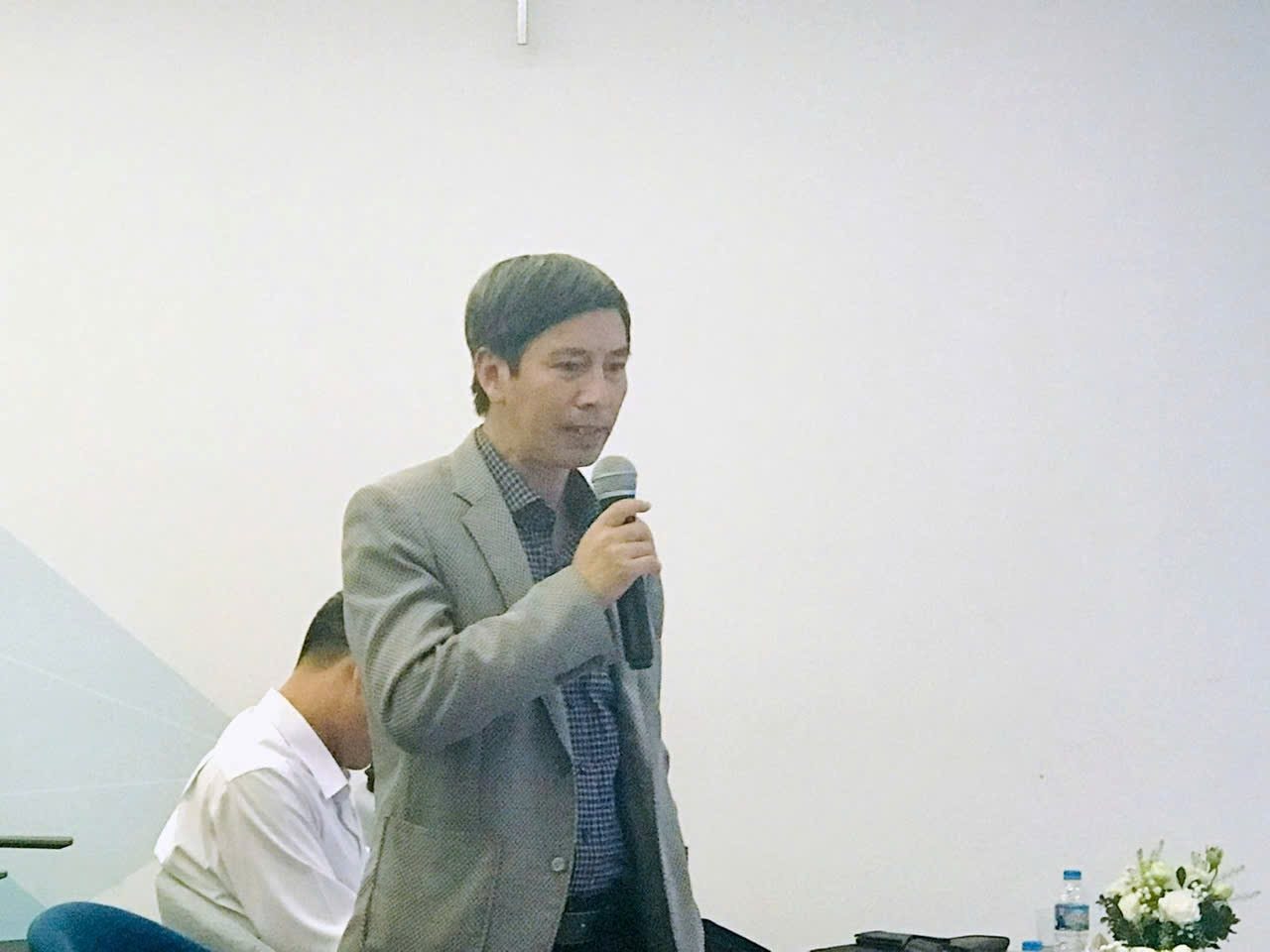
Dr. Nguyen Kien Cuong, Vice Director of the Da Lat Nuclear Research Institute, posing a question at the workshop. Photo: MH
The Vice Director of the Da Lat Nuclear Research Institute expressed admiration for South Korea’s systematic investment in policies and practical programs for nuclear energy and SMR development, as shared during the workshop.
Addressing the challenges in Vietnam’s nuclear energy development, Dr. Nguyen Kien Cuong asked: “Given our current lack of high-quality human resources and significant experimental deficiencies, how can we master SMR technology as quickly as possible, meeting the Politburo’s timeline and requirements for the industry and all scientists involved in this technology within 10 years? This is a pressure that seems almost insurmountable. How long will it take for us to have our first SMR, ensure safe nuclear power, gradually master SMR technology, and even export it to other countries?”
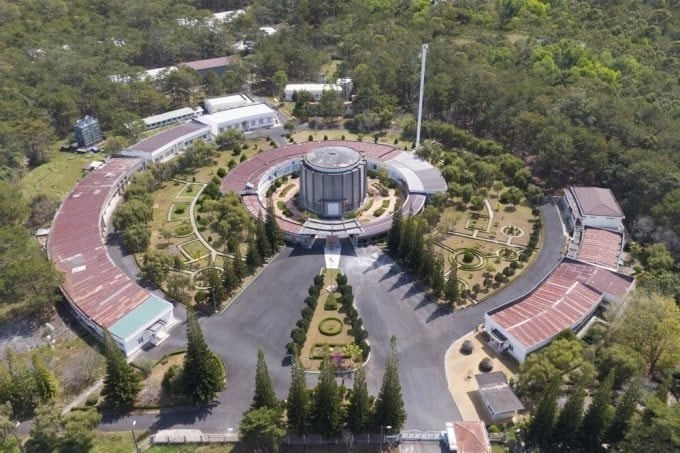
Da Lat Nuclear Research Institute. Photo: Da Lat Nuclear Research Institute
Regarding this issue, according to Prof. Dong-Wook Jerng from the School of Energy Systems Engineering, Chung-Ang University (South Korea): “In reality, South Korea began its nuclear energy journey in the 1950s. At Seoul National University, the first national university established during South Korea’s post-war reconstruction and economic development, nuclear energy discussions began only in 1968.
However, we cannot apply South Korea’s historical context directly to Vietnam. Currently, Vietnam has a wonderful principle: the principle of readiness. Our university also upholds this principle. It means you must be prepared for the task at hand.”
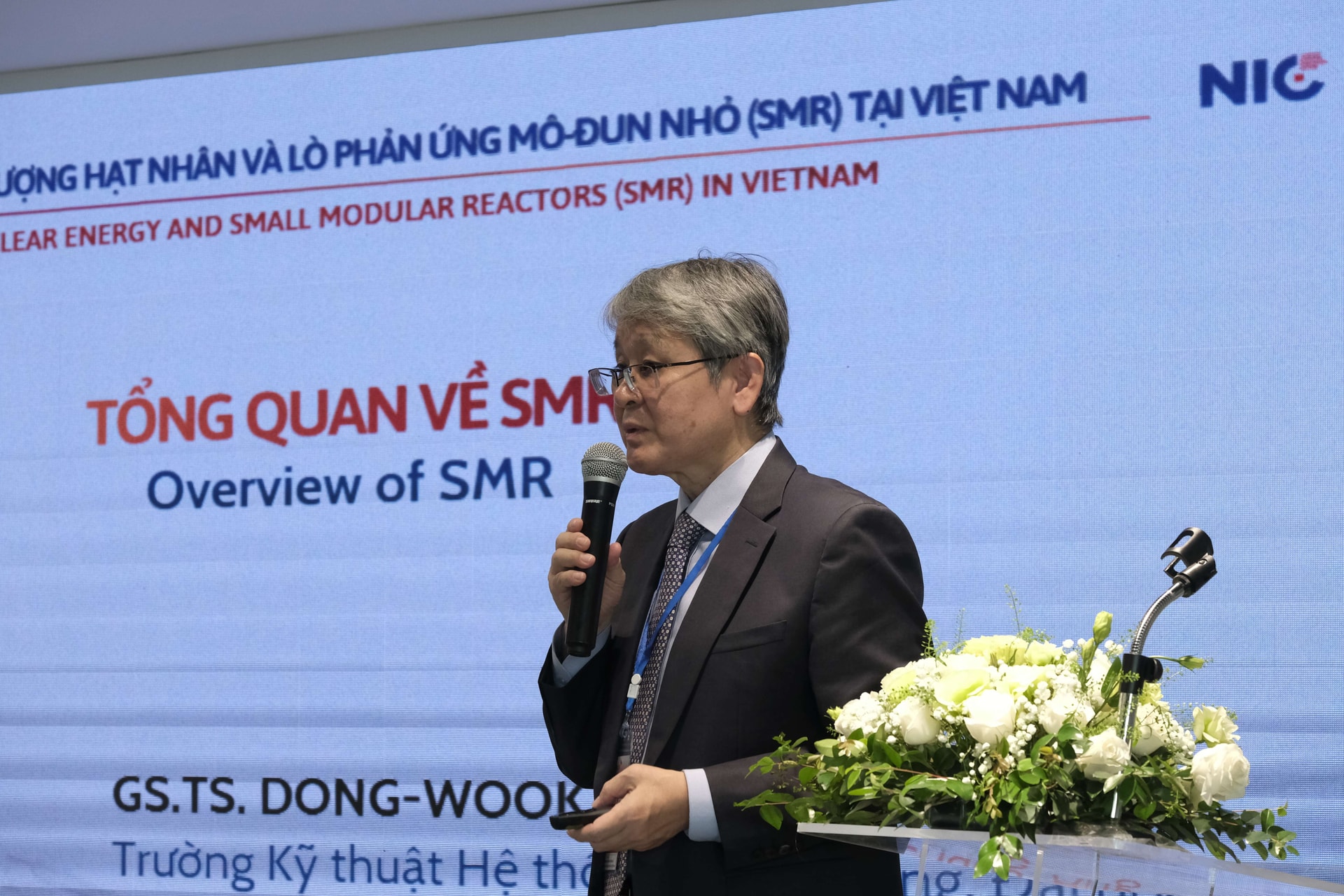
Prof. Dong-Wook Jerng providing an overview of SMRs. Photo: MH
Prof. Dong-Wook Jerng further explained that readiness at the university level involves training excellent students in fundamental science and engineering disciplines. Outstanding students from these fields are then directed into cutting-edge scientific areas. This has been the most effective approach for South Korea.
“From South Korea’s example, we must embrace the challenge. We must build it actively from the start and maintain the pressure to drive the goal. In essence, if Vietnam lacks excellent human resources, the goal will not be achieved. However, I believe Vietnam now has good human resources and the readiness principle of science,” Prof. Dong-Wook Jerng emphasized.
So, how is Vietnam proceeding now?

Prof. Dong-Wook Jerng is confident that Vietnam can develop nuclear energy and SMRs. Photo: MH
According to Prof. Dong-Wook Jerng, Vietnam should utilize existing researchers to enter the field of nuclear energy development. Additionally, training a new group from scratch is another solution.
“Vietnam can simultaneously implement both approaches. Honestly, no matter how quickly we start, a ‘blank page’ cannot become proficient overnight, as it takes time. However, alongside this group, experienced researchers and scientists will activate their qualities to achieve success. This is the fastest way to fill the gaps. I am certain there are no exceptions to this,” Prof. Dong-Wook Jerng suggested.
Furthermore, Prof. Dong-Wook Jerng noted that if the above methods fail, there is the option of “outsourcing,” i.e., hiring externally. However, he believes this is likely not Vietnam’s intention.
“I am very optimistic about the excellence of Vietnamese students I have encountered. I also highly value their ideas. Therefore, Vietnam should proceed with developing nuclear energy and SMRs. I am confident it will be achieved,” Prof. Dong-Wook Jerng expressed.
When will Vietnam have its first small modular nuclear reactor?
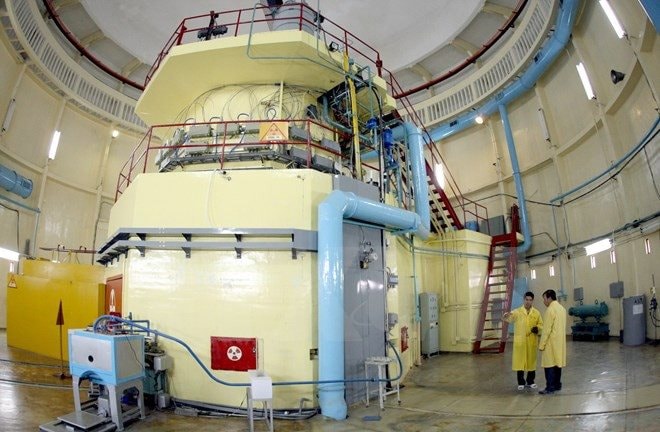
Inside Vietnam’s Da Lat Nuclear Reactor. Photo: Da Lat Nuclear Research Institute
Responding to the question of how long it will take for Vietnam to have its first SMR and achieve commercialization, Prof. Dong-Wook Jerng shared: “SMRs are very simple. The technology is straightforward. However, they have many different principles. The key is to grasp the essence of the technology and then establish the appropriate infrastructure. If we fail to address the essence of the technology and align it with suitable infrastructure, we will remain uncertain.
With over 30 years of experience in academia, I always emphasize the need to clearly define what we are pursuing and nurturing. Answering these questions will help Vietnam eliminate unnecessary complexities and reach its goals.”
The workshop “Development of Nuclear Energy and Small Modular Reactors (SMRs) in Vietnam” was organized by the National Innovation Center (NIC – under the Ministry of Finance) in collaboration with SK Group (South Korea). The workshop is part of the “Cooperation and Solution Sharing Program for Future Industries.”
Modernizing Railways: Why Vietnam Opts for Cost-Effective Technology Over the Most Expensive Solutions
The Minister of Construction emphasized that, in the current context, Vietnam is not seeking the most expensive technology but rather the most suitable one. This means prioritizing advanced, safe, and efficient technologies with transferable capabilities, enabling domestic enterprises to gradually take control and master these innovations.
Prime Minister Urges Swift Submission of Decree for 2% Interest Rate Support on Green Projects for Businesses
The Prime Minister has mandated the State Bank of Vietnam to submit a decree to the Government by November 2025, outlining guidelines for a 2% interest rate subsidy policy. This policy aims to support businesses borrowing capital for green, circular projects that adhere to environmental, social, and governance (ESG) standards through commercial banks.



